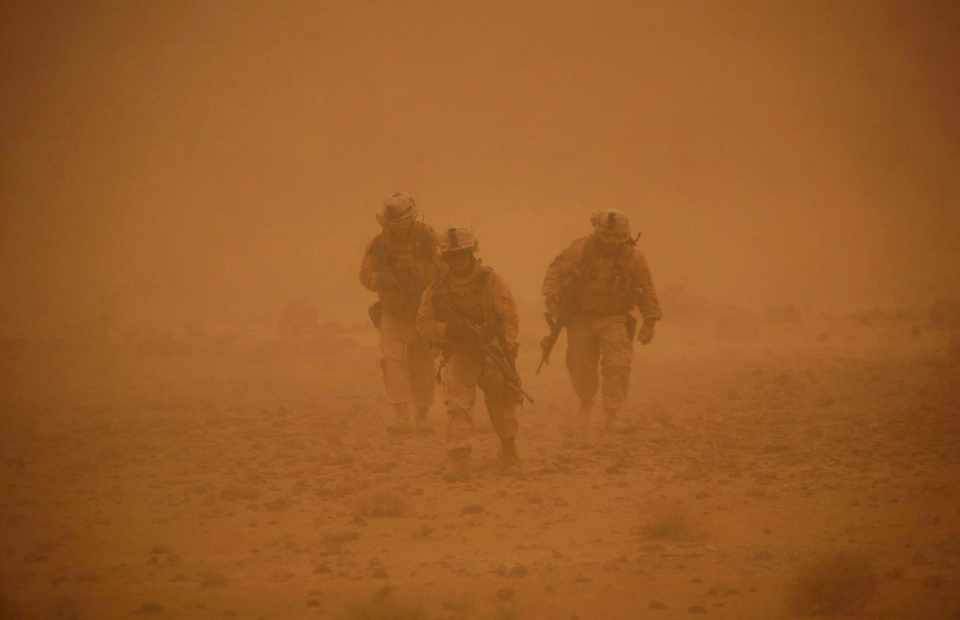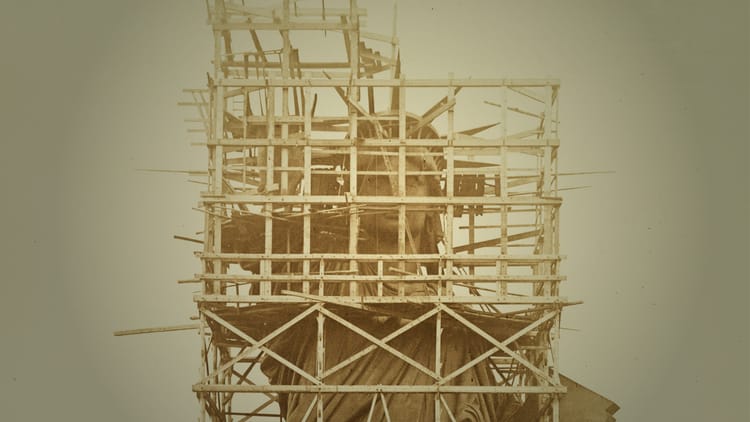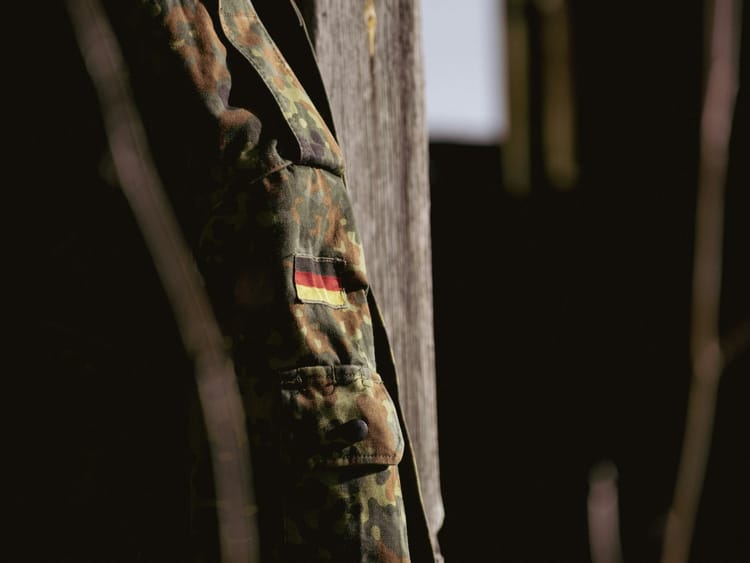Afghanistan is a flat circle

U.S. President Joe Biden announced earlier this month that the United States would withdraw its last active-duty troops from Afghanistan by September 11, which will mark the 20th anniversary of al-Qaeda’s attacks on New York and Washington, D.C. After U.S. and British troops invaded Afghanistan in October 2001, they quickly dislodged al-Qaeda from the country and toppled the Taliban government. As the American occupation continued, Presidents Barack Obama and Donald Trump pledged to end it, but neither succeeded. U.S. costs for the war now top $2 trillion, while tens of thousands of Afghans and more than 2,400 U.S. troops died in the conflict. As America’s longest war reaches nearly 20 years, why are American soldiers still in Afghanistan?
Anatol Lieven is the senior research fellow on Russia and Europe at the Quincy Institute for Responsible Statecraft in Washington, D.C., who spent time with the Afghan mujahideen in the late 1980s during their war against the Soviet Union—and who’s returned to the country many times since the fall of the Taliban in late 2001. Lieven says the United States has stayed in the country largely out of fear that the U.S.-backed government in Kabul will collapse once U.S. troops leave—and U.S. credibility will be significantly damaged when it does. America and its allies in the European Union and NATO committed to building a functioning and democratic Afghan state—so it will be an admission of failure to leave now, when that state still has little authority beyond Kabul and remains deeply corrupt …
Michael Bluhm: Why is the American military still in Afghanistan after all these years?
Anatol Lieven: What happened was that U.S. credibility, which Washington and, especially, the military are obsessed with, became involved with propping up the Kabul government.
Fourteen years ago, I was talking to an American general, and I asked him if he could define what winning in America meant. He said, Honestly, I can’t, and what’s more, I don’t think that anybody in Washington can. But, he said, we can define what defeat looks like. Defeat looks like Saigon 1975. Panic-stricken Afghan refugees on the roof of the American Embassy trying to get out of the country, all American staff fleeing.





